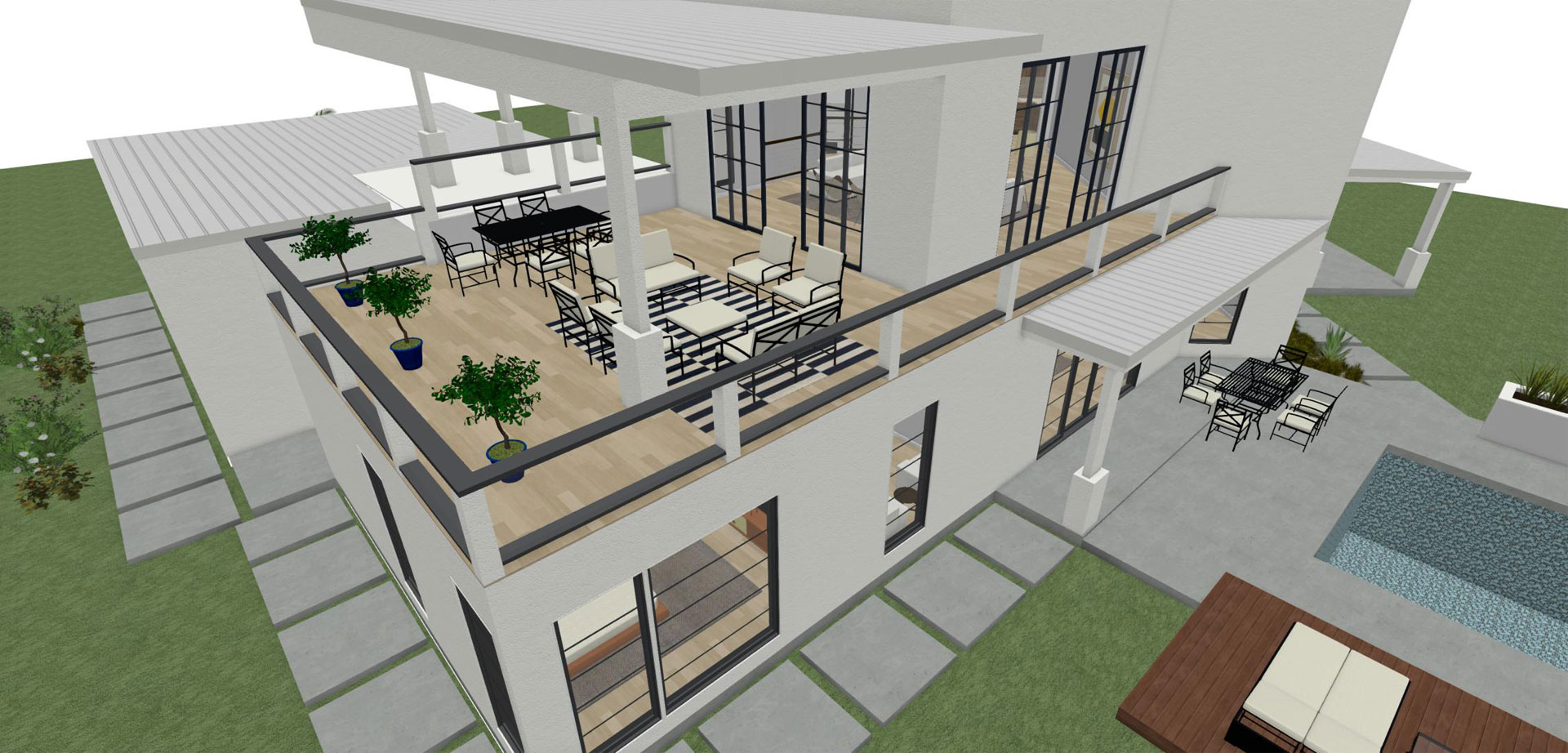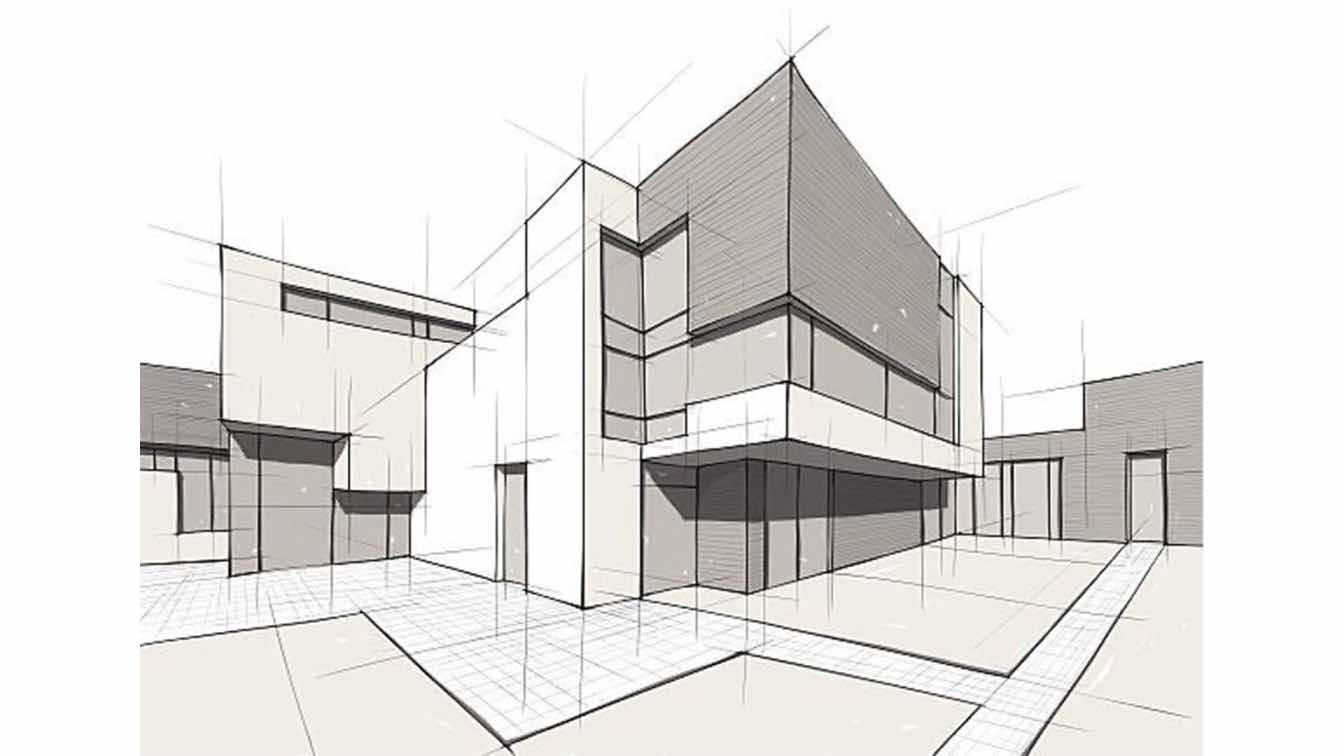Just How CDA Architects Supply Cutting-Edge Solutions for Lasting Design
Just How CDA Architects Supply Cutting-Edge Solutions for Lasting Design
Blog Article
The Necessary Function of an Engineer in Forming Lasting Urban Settings for Future Generations
The duty of an engineer in crafting lasting city settings is increasingly critical in responding to the challenges of environment adjustment and urbanization. By flawlessly incorporating environmental principles into their layouts, engineers not just improve the aesthetic and useful top quality of metropolitan areas but also address pushing problems such as energy efficiency and social equity. Their proficiency in innovative products and neighborhood engagement forms growths that resonate with regional values and goals. However, as we explore the complexities of this area even more, it becomes obvious that the future of urban living might hinge on the very techniques designers employ today.
Comprehending Lasting Urban Design
Sustainable city design integrates environmental concepts with urban planning to develop settings that are not only habitable yet also resilient. This technique stresses the importance of integrating all-natural systems right into the city fabric, making sure that growth fulfills the needs of the present without jeopardizing the capability of future generations to fulfill their very own needs. Key aspects of sustainable metropolitan design include effective land usage, the promotion of biodiversity, and the combination of eco-friendly spaces, every one of which add to enhanced high quality of life for residents.
Additionally, sustainable urban design prioritizes the reduction of the urban heat island effect, improved air high quality, and efficient stormwater administration. It motivates the use of renewable energies and energy-efficient building practices, which considerably lower carbon footprints. Additionally, sustainable urban layout cultivates social equity by developing obtainable public rooms and advertising mixed-use advancements that accommodate diverse populaces.
Through thoughtful planning and cutting-edge style techniques, sustainable city settings can improve community resilience versus climate change while cultivating economic development. This all natural technique not just addresses instant urban obstacles however also lays the foundation for healthier, more lasting cities for generations to come.
Trick Duties of Architects
Engineers play an essential role fit sustainable city atmospheres by converting style concepts into substantial structures and rooms. Their obligations incorporate a variety of tasks that add to the general success of city style tasks.
Firstly, engineers conduct thorough site analyses to recognize the environmental, social, and social context of their projects. This foundational expertise informs their style choices, guaranteeing that structures harmonize with their surroundings. They additionally engage in collective procedures with stakeholders, including city coordinators, designers, and the community, fostering a comprehensive strategy to urban advancement.
In addition, architects are tasked with producing layouts that optimize energy effectiveness, source preservation, and capability. They must comply with regional zoning regulations, constructing codes, and sustainability certifications, guaranteeing conformity while pressing the borders of technology.

Innovative Products and Techniques
In the quest of environmentally liable style, ingenious materials and strategies have emerged as critical aspects in the development of lasting metropolitan environments. Engineers are increasingly using materials that lessen environmental effect while boosting energy efficiency. For instance, recycled materials, such get redirected here as recovered timber and repurposed metals, not just minimize waste however also include distinct aesthetic top qualities to structures.
Furthermore, advancements in modern technology have led to the advancement of high-performance products, such as shielded concrete types (ICFs) and photovoltaic or pv glass, which add to power conservation and harness renewable resource. Techniques such as easy solar style and environment-friendly roof coverings further exhibit how style can integrate with all-natural systems, decreasing reliance on synthetic cooling and heating.
In addition, the combination of clever materials, which adapt to ecological modifications, supplies appealing opportunities for enhancing structure performance - cda architects. These materials can reply to temperature fluctuations or wetness levels, optimizing convenience and sustainability
Inevitably, the strategic selection and application of cutting-edge products and strategies encourage architects to develop city rooms that are not only useful and visually pleasing yet additionally durable and environmentally liable, guaranteeing a lasting future for generations to find.
Neighborhood Interaction and Partnership
The success of cutting-edge products and techniques in lasting metropolitan architecture is substantially boosted by active area engagement and collaboration. Architects need to acknowledge that the built setting exceptionally influences the lives of neighborhood citizens, making it necessary to entail them in the design process. Involving the area fosters a feeling of possession and responsibility, making sure that growths not just satisfy aesthetic and functional needs yet also mirror the worths and ambitions of those that inhabit them.

Successful neighborhood interaction additionally helps in prioritizing social equity within metropolitan advancement. By thinking about the voices of marginalized populations, architects can produce spaces that are inclusive and fair. By doing this, neighborhood involvement and collaboration end up being indispensable to achieving really sustainable city settings that offer the requirements of current and future Get More Info generations.
Future Patterns in Lasting Architecture

Furthermore, improvements in modern technology are forming future trends in sustainable style. The assimilation of wise products and structure systems allows for real-time power management, improving effectiveness and reducing carbon footprints. Technologies such as green roofs, living wall surfaces, and energy-generating exteriors are coming to be basic methods, better promoting environmental equilibrium within metropolitan settings.
Additionally, a change in the direction of biophilic style is getting traction, stressing the connection between nature and human wellness. By integrating all-natural elements, architects produce rooms that foster psychological health and wellness while advertising biodiversity.
Final Thought
Finally, designers are essential beforehand sustainable city environments with their experience in style, innovative products, and neighborhood involvement. By focusing on power efficiency and source conservation, these experts contribute to the production of durable metropolitan rooms that meet the needs of present and future generations - cda architects. The integration of ecological principles not just enhances livability but likewise promotes social equity, making sure developments reverberate with the values and goals of the areas they serve
Report this page